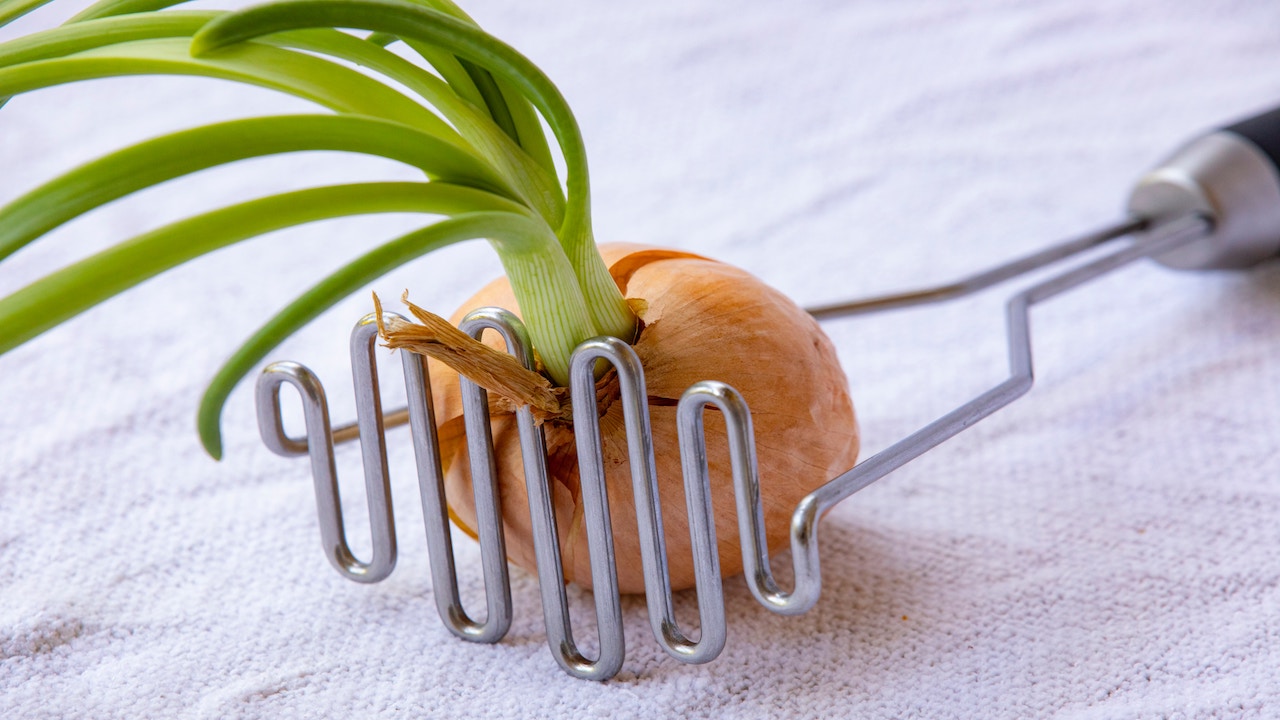Did you know that the very vegetables that you buy at your everyday grocery store can actually regenerate to supply you with infinite vegetables? You would be surprised by just how many common vegetables can be regrown from cooking scraps to be harvested, cooked, eaten, and regrown again–the cycle is boundless! By re-growing your food scraps, you are not only saving money on groceries, but you are reducing your food waste that otherwise would have ended up in the compost or, worse, straight into the trash. At-home vegetable regeneration is a great way to both boost your food efficiency and deepen your appreciation for the food you grow and, thus, consume.
Many of your favorite veggies and herbs for regrowth include but are not limited to: onions, garlic, leeks, shallots, celery, bulb fennel, carrots, turnips, parsnips, beets, potatoes, sweet potatoes, cabbage, bok choy, lettuces, cilantro, mint, basil, and many more. Keep reading for instructions on some examples to see just how simple it is to make the most of your kitchen scraps!
Scallions, Garlic, Onions, Shallots, and Leeks
While chopping the stems or bodies of these allium family vegetables up and using them in your cooking, be sure to save the root base of the bulb or stem in a mason jar or shallow dish with water so that the root bulb end is submerged. These will grow very quickly so that growth will be visible within just days–within a week to ten days, the spring onions should be ready for harvest! This process can be repeated several times for the same base roots/bulb, though you will probably want to restart the process after around five rounds of harvests. These re-sprouted sections can also be planted into pots in a spot with plenty of natural light and sunshine or outside in your home garden. Onions and garlic will multiply, while shallots will divide, both expanding your harvest by the year!
Celery and Bulb Fennel
Celery is one of the easiest vegetables to regrow from your scraps–simply place the cut base of the celery bunch into a shallow container of lukewarm water. Leave the celery base in a sunny spot, and you should see leaf growth within a week or so. Feel free to harvest as needed or plant into soil for another adult celery plant. Fennel can be regrown much the same way: place the cut base (about an inch worth of fennel base above the roots) of the fennel bulb with its attached root system into a similar dish or cup of shallow water. Once new shoots are visible, replant the bulb into soil for a new whole bulb of fennel to enjoy!
While these are just a few ideas, there are so many vegetables to experiment with. As a general rule, the root end of your vegetable (the parts that would normally be thrown away) can be placed in a small container of water under ample sunlight–growth should not take more than a week or two. Whether your regrown plant is used as a starter veggie to replant into your garden or potted soil or if you’re utilizing the sprouted scraps as a cut-and-use vegetable straight from the water as needed, your veggie scraps can be not only repurposed but re-eaten for a delicious, cost-effective, and fun growing experience!
Photo by Mike Haupt on Unsplash
Written by Carole Wilay (‘25)

